
CULINARY
Traditional desserts to try in Saudi
Looking to indulge in some of Saudi’s favourite traditional desserts? From rich delicacies made using layers of pastry to date-filled delights that melt in the mouth, be sure to scout out these popular sweet treats on your next trip to the Kingdom.
Words by Naomi Chadderton
1
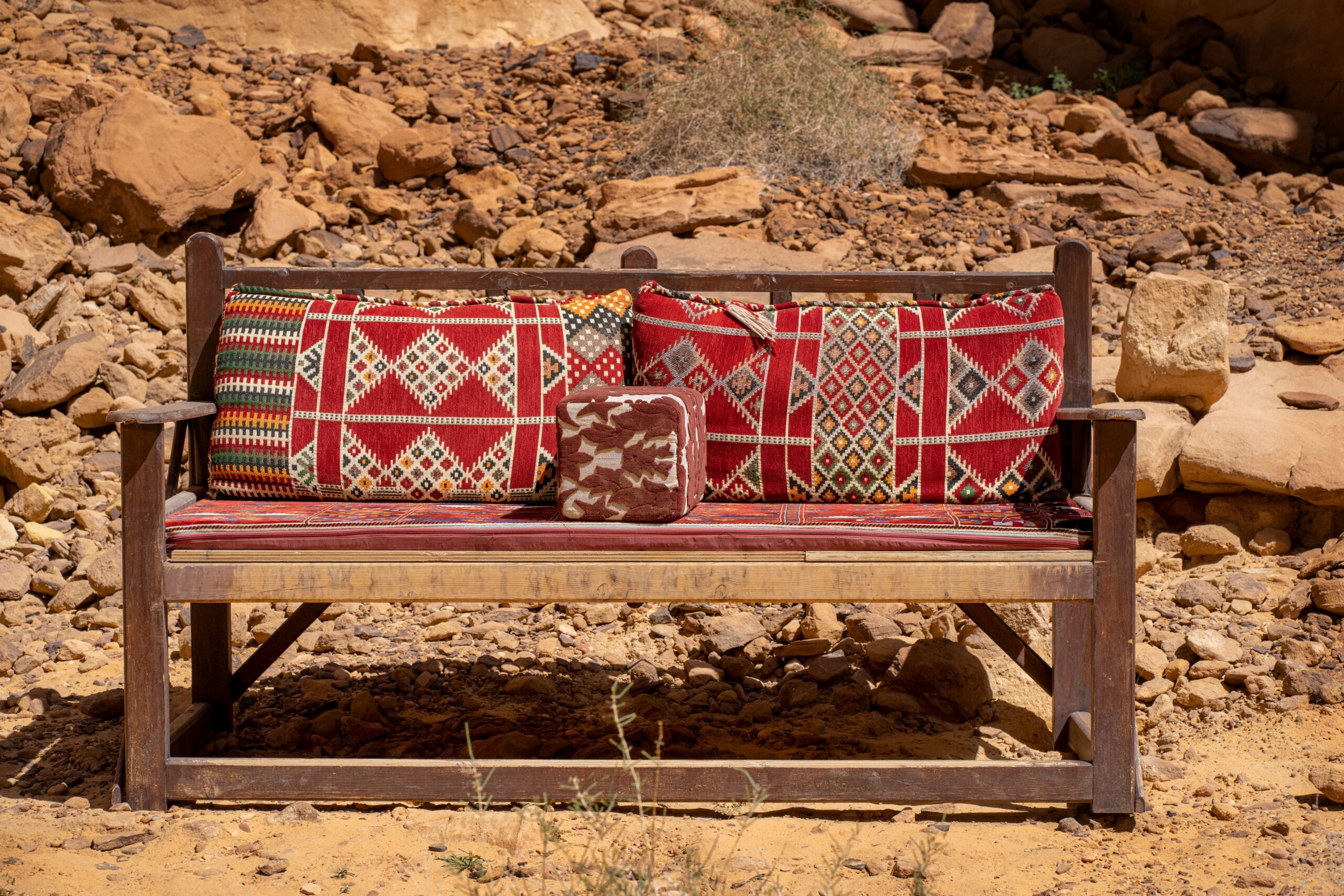
2
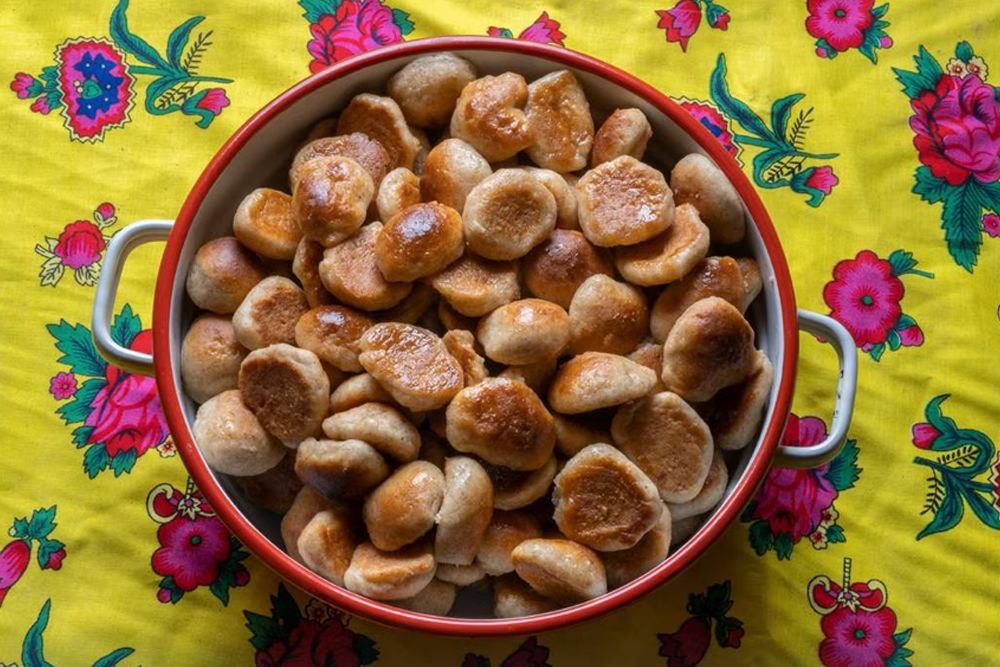
3
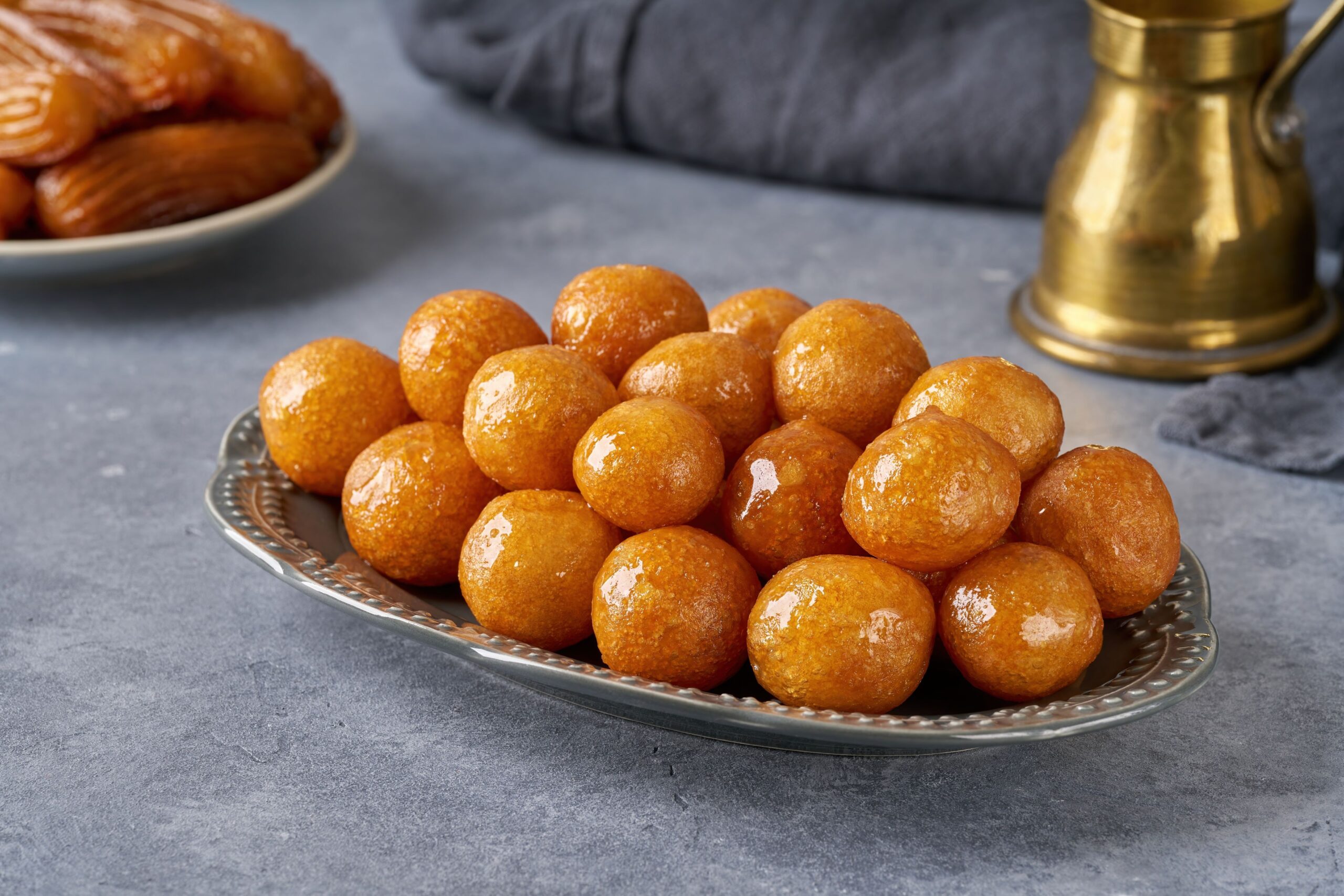
4
An authentic Saudi dessert that everyone must try during a trip to Saudi, while recipes vary from place to place, a traditional hanini sees dates, brown flour and spices including cardamom and saffron all come together to create a magical substance that you simply must save room for. It tends to be served during the winter, when a warm filling food is needed.
If you find yourself in Riyadh, head straight to JLab in Hittin, which serves hanini on a skillet topped with walnuts while, for something a little different, Magnolia Bakery’s delicious hanini cheesecake topped with a tasty caramel sauce and chopped pistachios is a modern spin on this old school favourite.
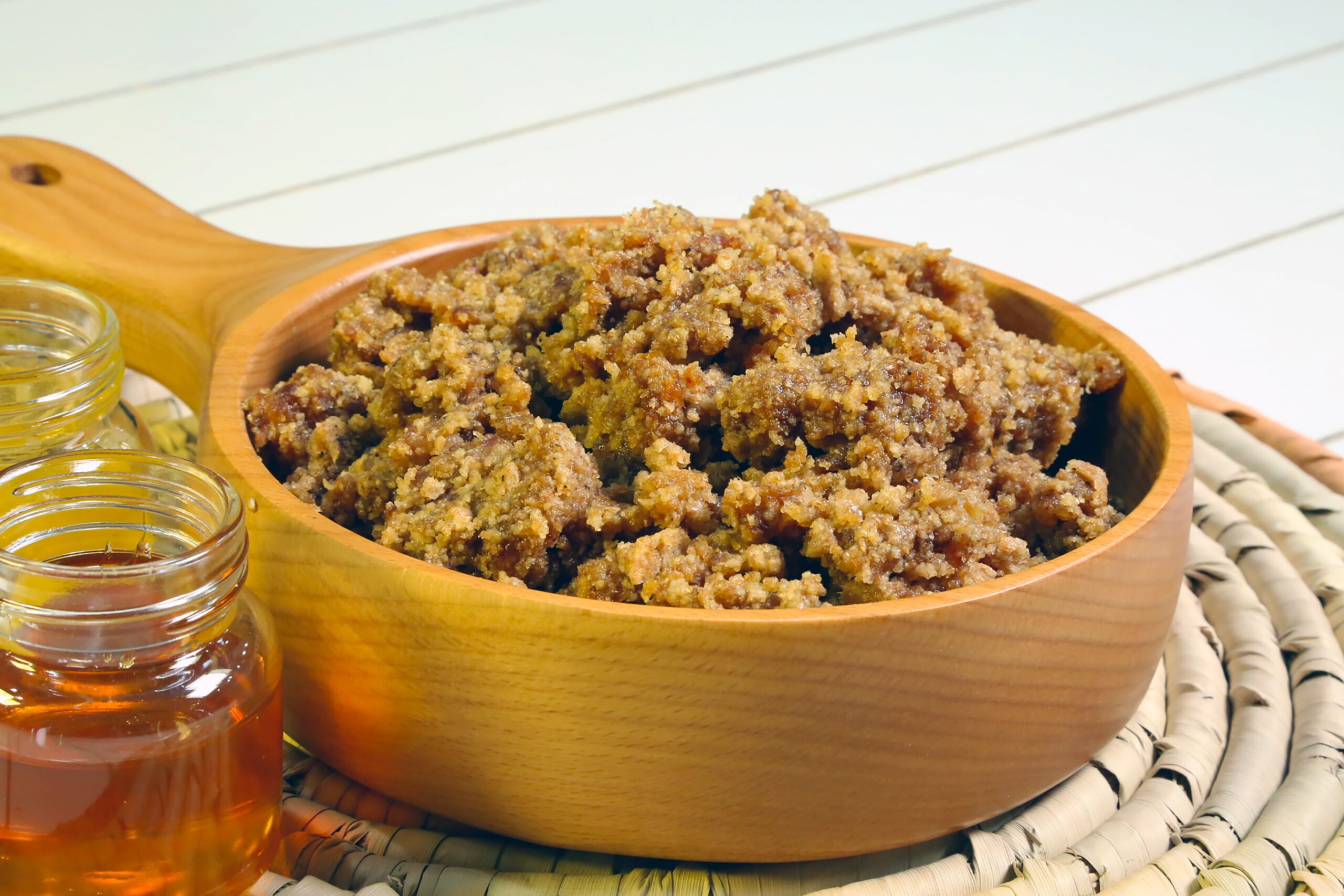
5
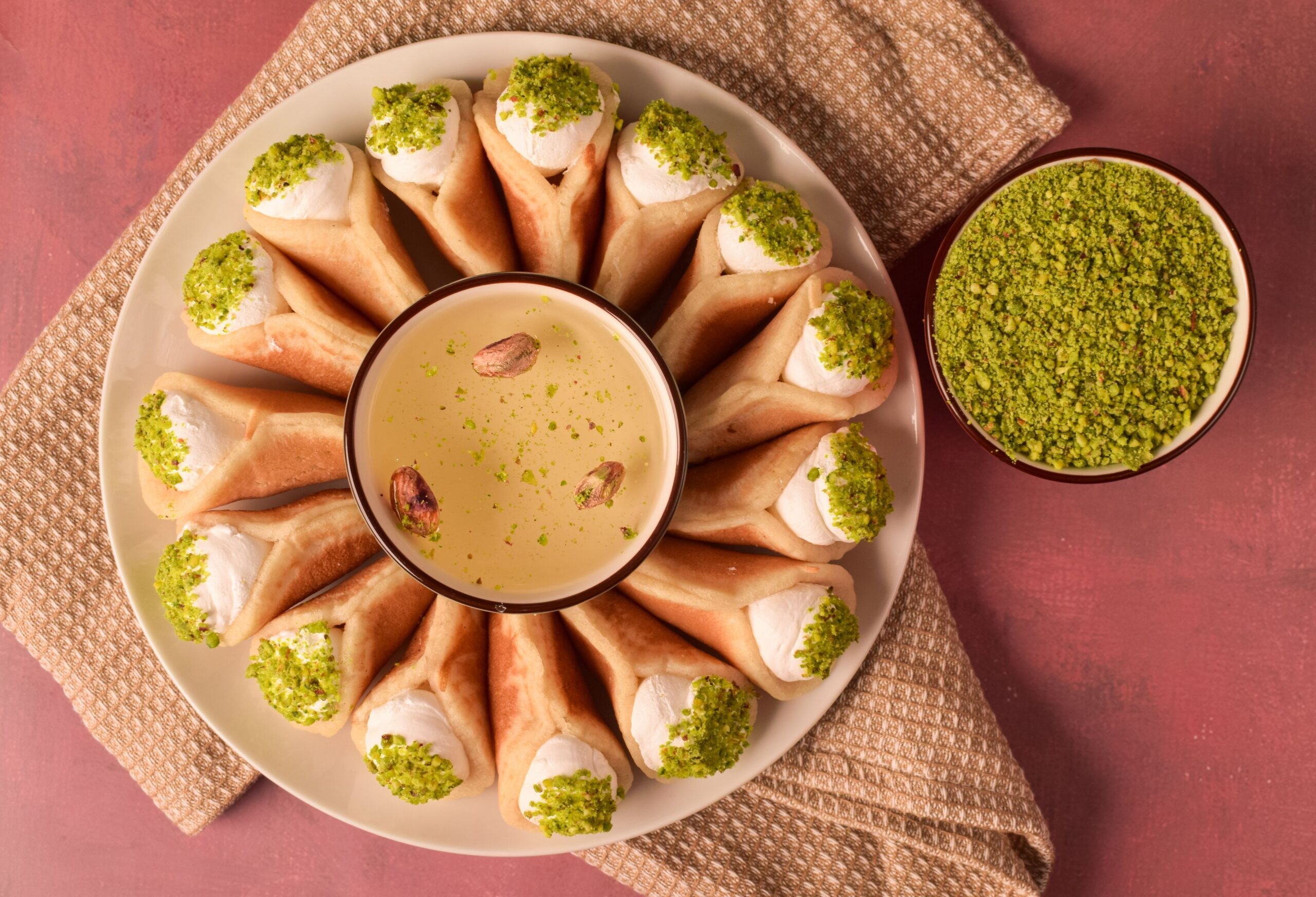
6
A delicacy that is actually of Egyptian descent, Umm Ali is perhaps the most famous of all desserts in Saudi. Tasting somewhat like bread-and-butter pudding but with a pastry crust and rich aroma, it is destined to take your tastebuds on a cultural journey with its decadent combination of pastry, nuts, raisins, spices and cream. Best served warm, it’s a staple dessert for all special events in the Middle East, so it won’t be hard to find wherever you choose to eat.
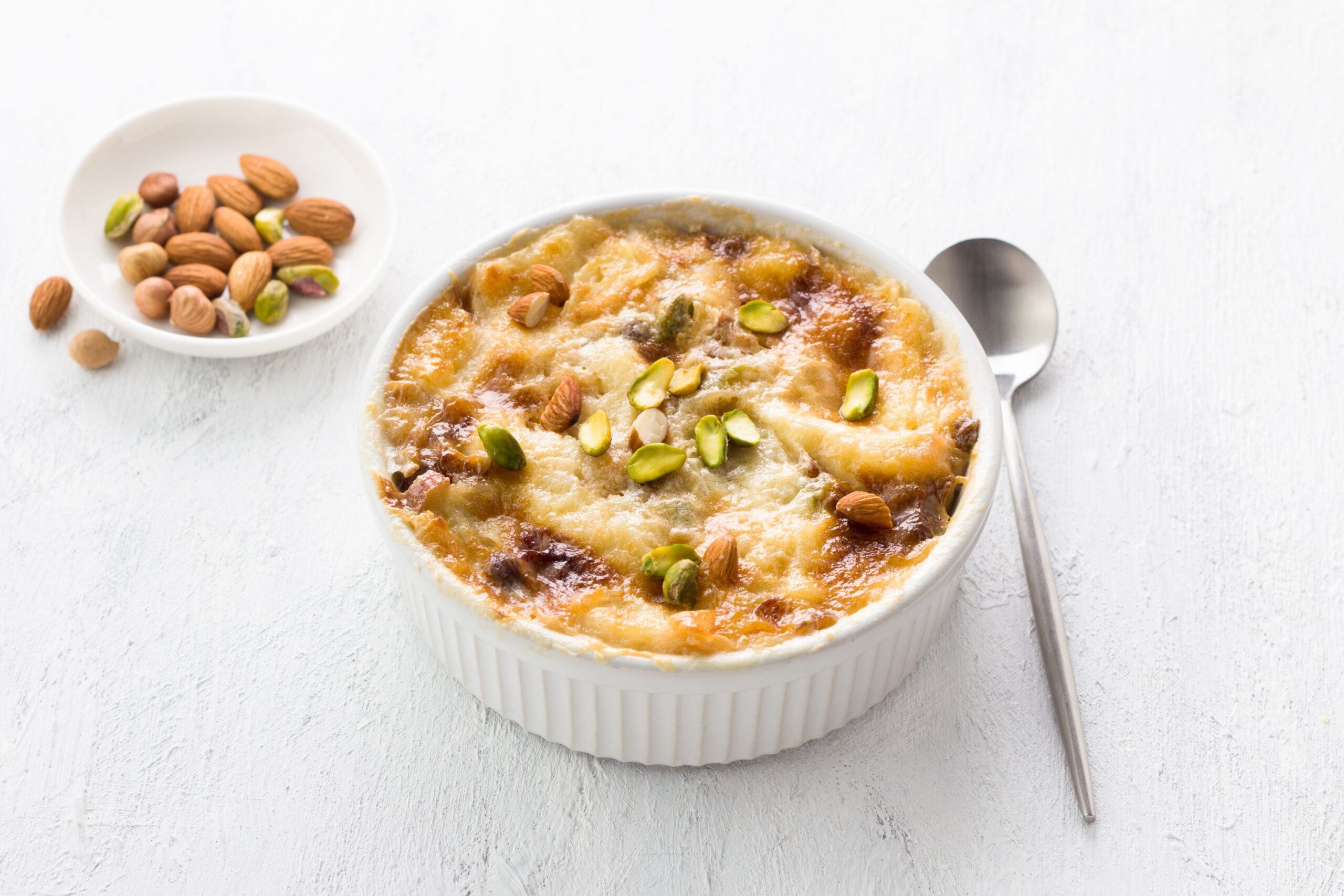
7
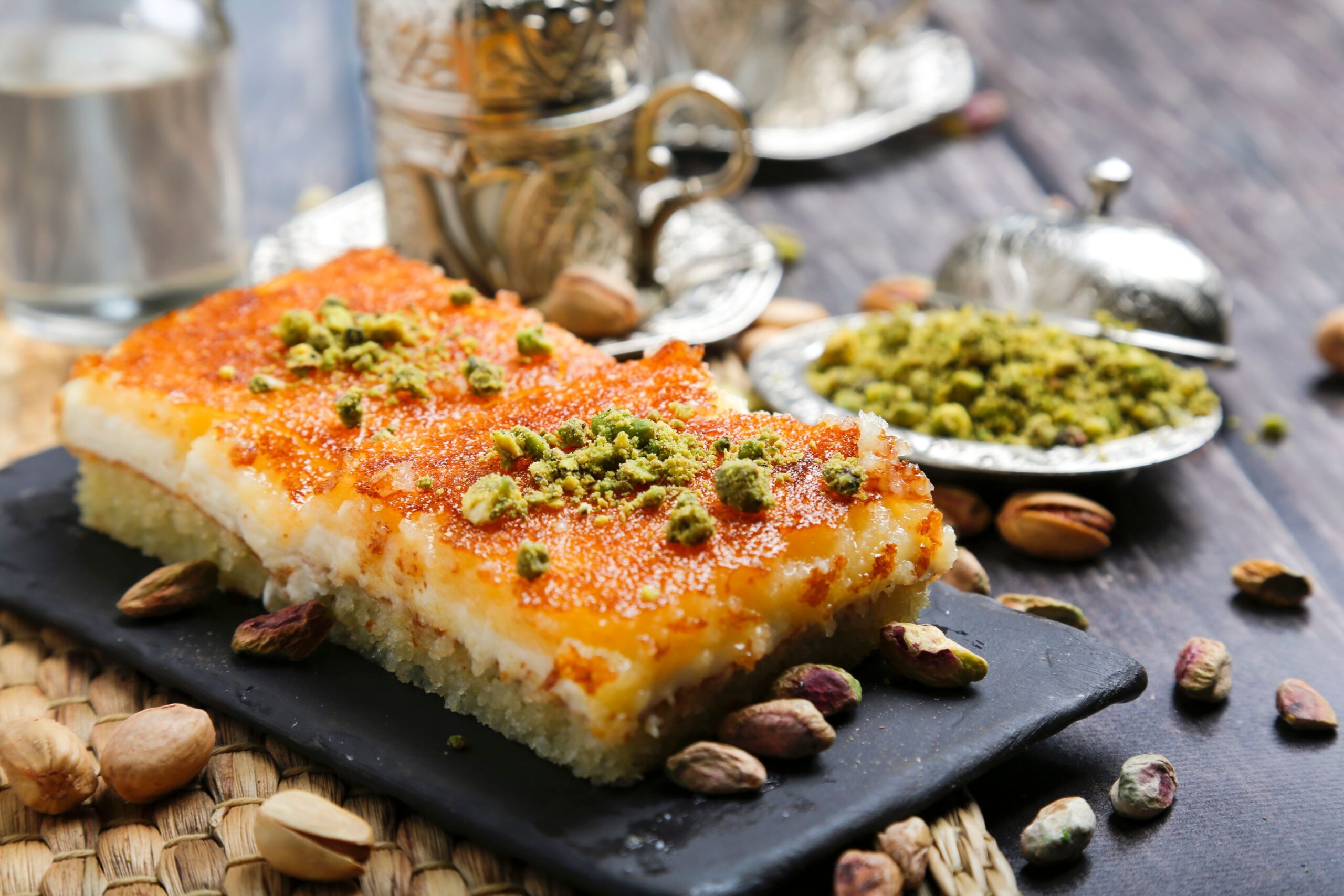
8
A regional staple that, depending on who you ask, originates from Egypt, Turkey or Palestine, Kunafa is an eclectic combination of bubbling molten cheese layered with filo dough or vermicelli noodles served soaked in sweet syrup hot out of the oven.
A dessert that sounds like it shouldn’t work but really (really) does, you’ll find various varieties served throughout the city, some made simply with cream while others are given an indulgent makeover with fillings including Nutella, KitKats and Kiri spreadable cheese. Trust us, you can’t go wrong whichever flavour you order – simply top with lashings of rose syrup and you’re good to go. It is particularly popular during Ramadan where you can find it freshly made in any supermarket.
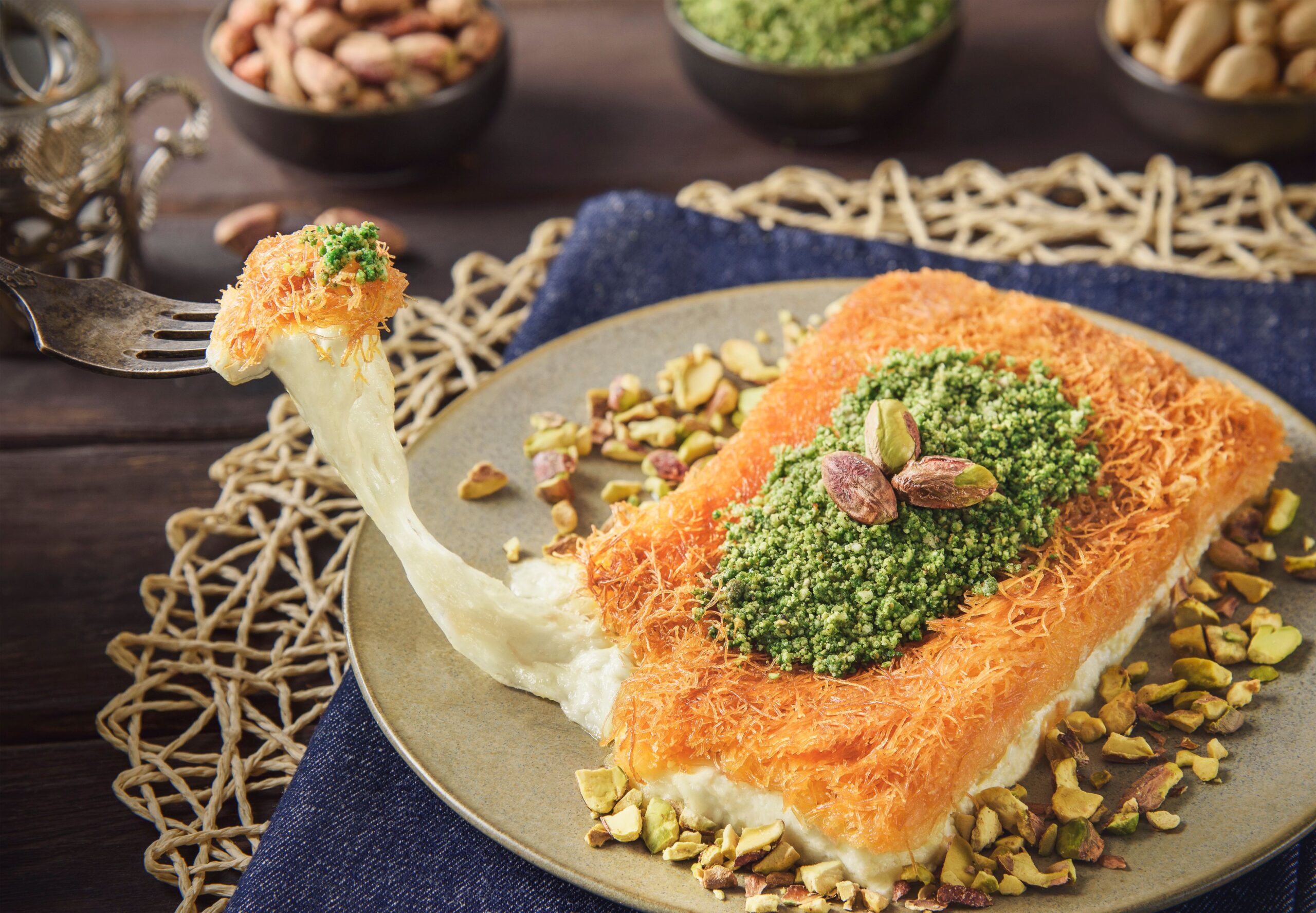
Practical information

Visas
It’s surprisingly simple and easy to get an e-Visa for Saudi and the process is very similar to applying for an ESTA for the USA. Over 50 nationalities are eligible to apply for an e-Visa, including people from the UK and USA, with it costing (at the time of writing) 535 Saudi riyals (about £115 or US$143). Applications are swift and nearly all applicants will receive a response within three working days – most within 24 hours. To apply for your Saudi e-Visa, visit the official Saudi Tourism Authority website. If you’re from the USA, UK or the Schengen Area, you can also apply for a visa on arrival into Saudi. It’s slightly cheaper than an e-Visa, too, at SAR480 (about £102 or US$128).

Getting there & around

Local customs
To really embrace Saudi life and pay respect towards its traditions, there are a few local customs you should abide when travelling around the country. Both men and women should wear clothing that covers their elbows and below their knees when out in public. If you’re heading to the coast, it’s still expected you dress modestly. When meeting and greeting locals, whether it’s a market stallholder or a private guide, say hello with ‘salam alaykum’, which means ‘peace be upon you’, as well as offering a handshake.

Weather
You might think it’s hot all year round in Saudi but it’s a little more nuanced than that. The best time to visit Riyadh is between October and March, when temperatures can dip as low as 20°C during the daytime and rarely exceed 30°C. Summer months in Riyadh can get extremely hot, with temperatures often above 40°C between June and September.
Is English spoken in Saudi?
Arabic is the official national language but English is widely spoken.
What is the currency of Saudi?
The currency of Saudi is the riyal, with the current rate (at the time of writing), around SAR4.76 to the UK£. You’ll need to pre-order money before you travel, as in the UK it’s not usually stocked in currency exchange booths.
What’s it like travelling in Saudi as a female?
We think you’d be surprised! To find out more, read our first-hand account on what it’s like to travel in Saudi.
What’s the time difference in Saudi?
Saudi follows Arabia Standard Time (GMT +3) all year round.



